Lemons, Oranges & Bergamots

Exploring Italy’s citrus story.
Lemons, Oranges & Bergamots
By Antonia Fest
July 30, 2024
"Do you know the land where the lemon trees grow, in darkened leaves the gold oranges glow… "
So wrote Goethe, the German poet in the 18th century whose lifelong obsession with Italy resulted in odes and elegies for the Mediterranean territories. They offered a strong contrast from the harsher Bavarian environs of his northern European home and these opening lines of one of his works demonstrates his longing for the sweet distant lands of the south. The first thought that came to his mind when imagining Italy is of the citrus fruits which perfume the air, paint the landscape, and flavour the food. Three hundred years have passed since Goethe’s words were written, and this idealisation hasn’t faded.
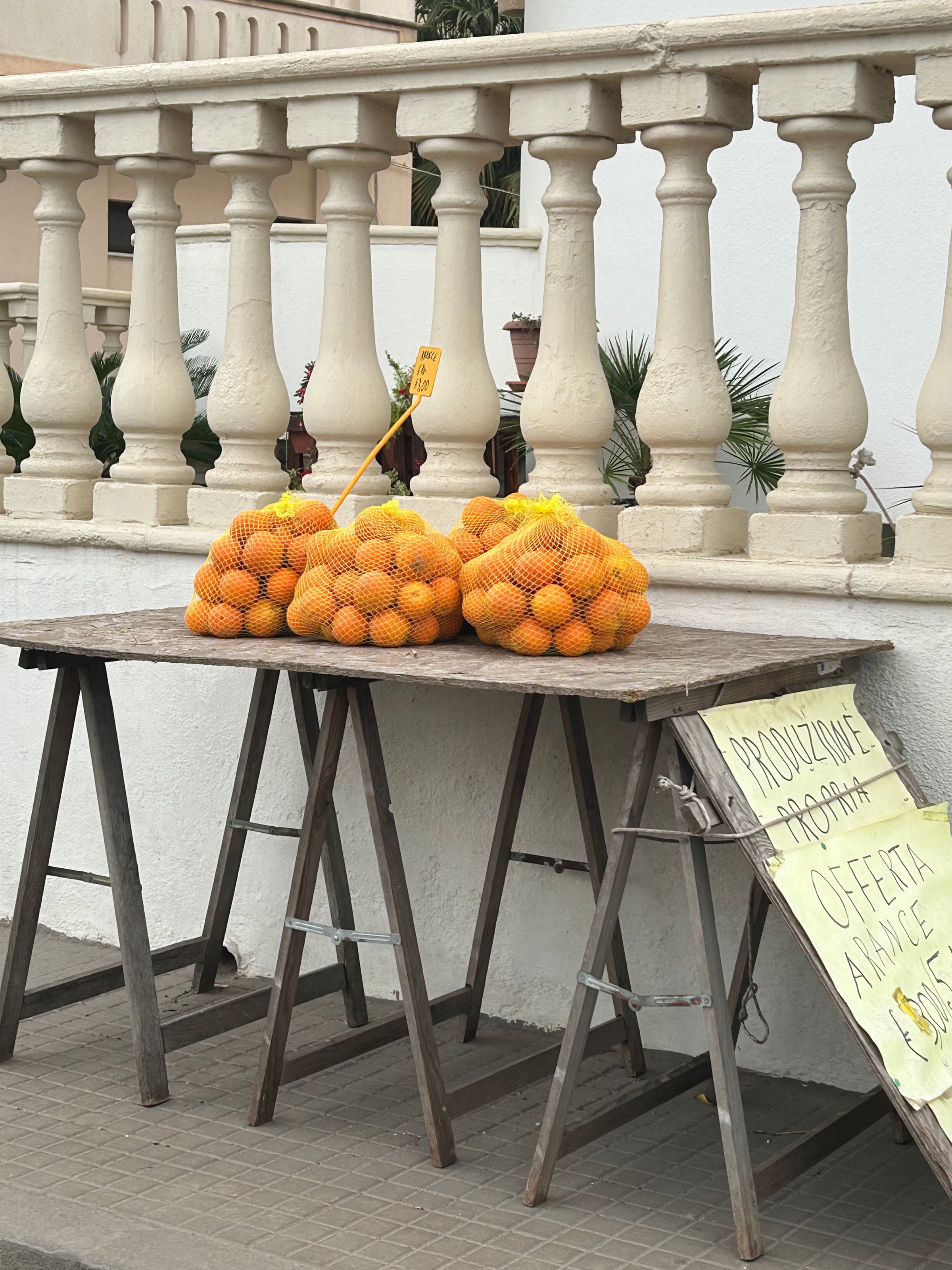
The Agrumi (Citruses) of Italy are synonymous with its culture, gastronomy, and social history. They are woven into regional dishes, embellish the gardens of some of the most historic homes, and lace the perfumes or scents which evoke the land. From northern Como to southern Catania, the whole country makes good use of the citrus fruit but it is the climates of the southernmost regions which provide the perfect conditions for cultivation. Whilst lemons appear to have grown on Italian soil since antiquity (remains of fresco paintings in Pompeii show smatterings of the tree’s green and yellow hues), oranges were likely introduced in the 1stcentury AD during Arab invasions of Sicily. They were swiftly absorbed into local infrastructure and cuisine and became a distinct, eternal part of the region’s culture. This is not unlike tomatoes which were brought over by Spanish colonizers in the 16thcentury yet they play such a strong role in the Italian kitchen.
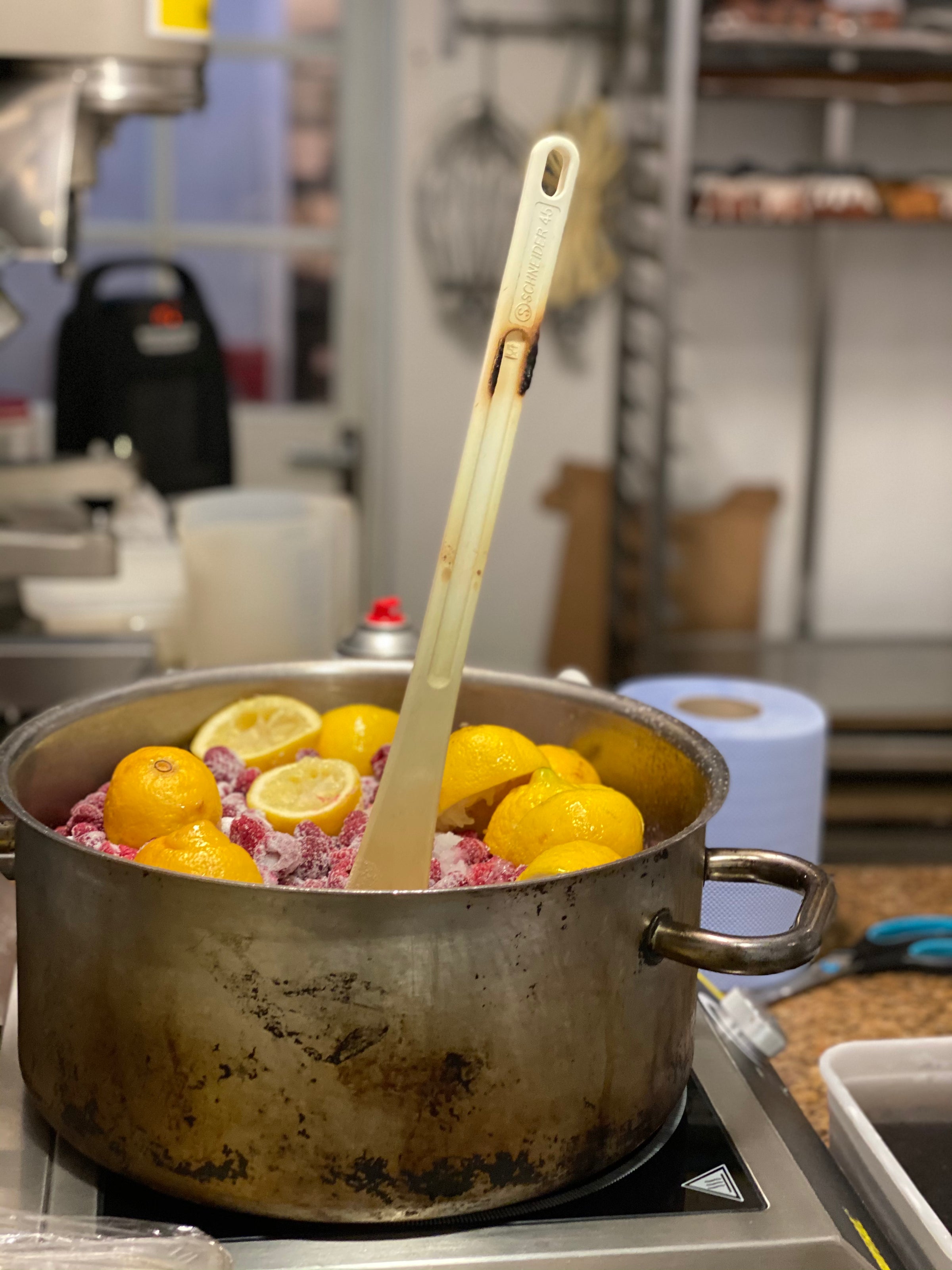
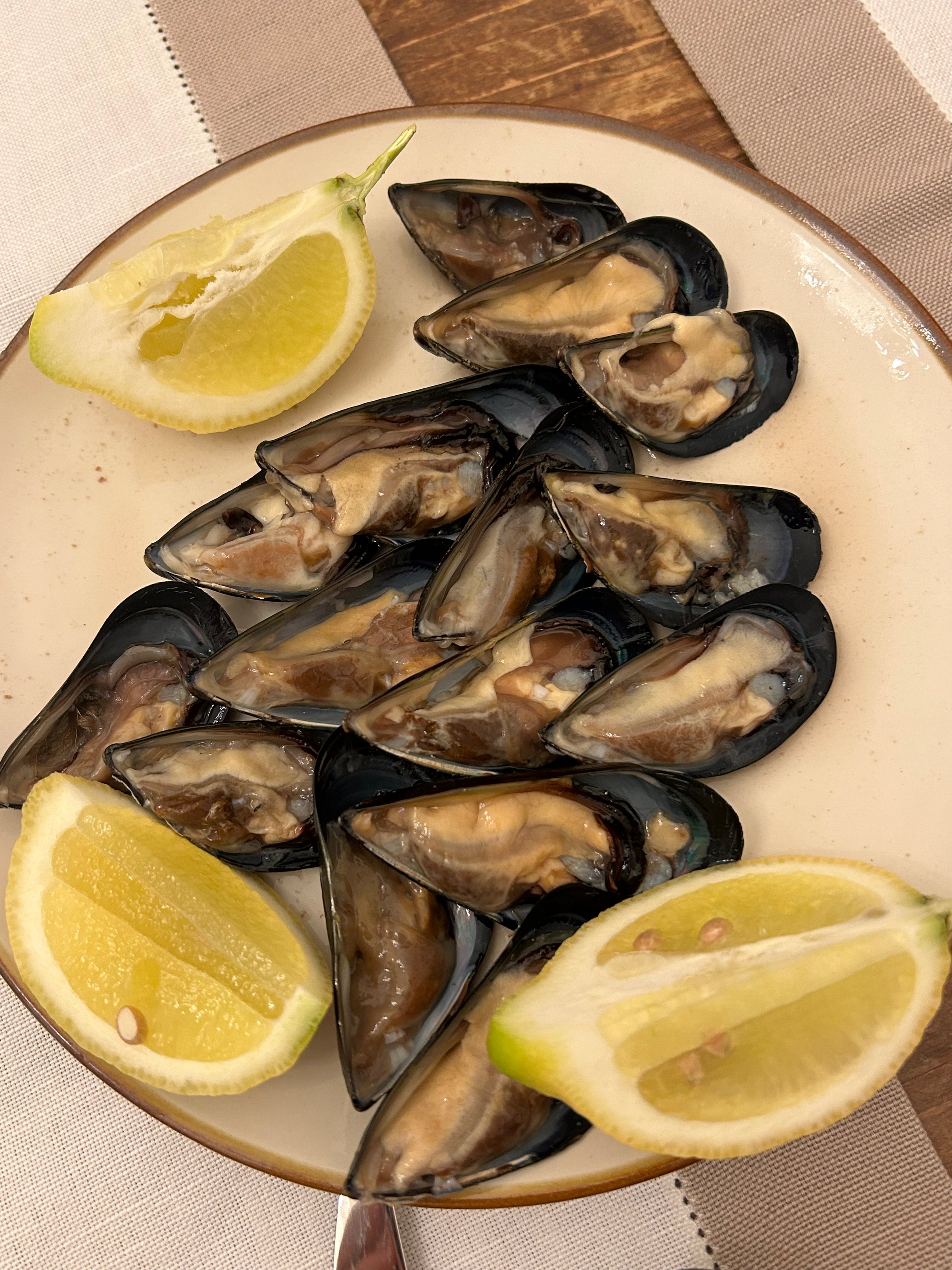
Similarly, the islanders took to oranges with such enthusiasm that it is now almost impossible not to associate them together. Indeed, even the Sicilian Street food, the ‘arancino’ is allegedly named after an ‘orange’ (‘arancia’) because of its resemblance to the spherical fruit; candied oranges gild many famous regional desserts; they are even used in salads along with crisp raw fennel and salty capers for a refreshing meal on a summer’s day. Lemons also feature prominently and are enjoyed at breakfast in a granita or after dinner in a limoncello.
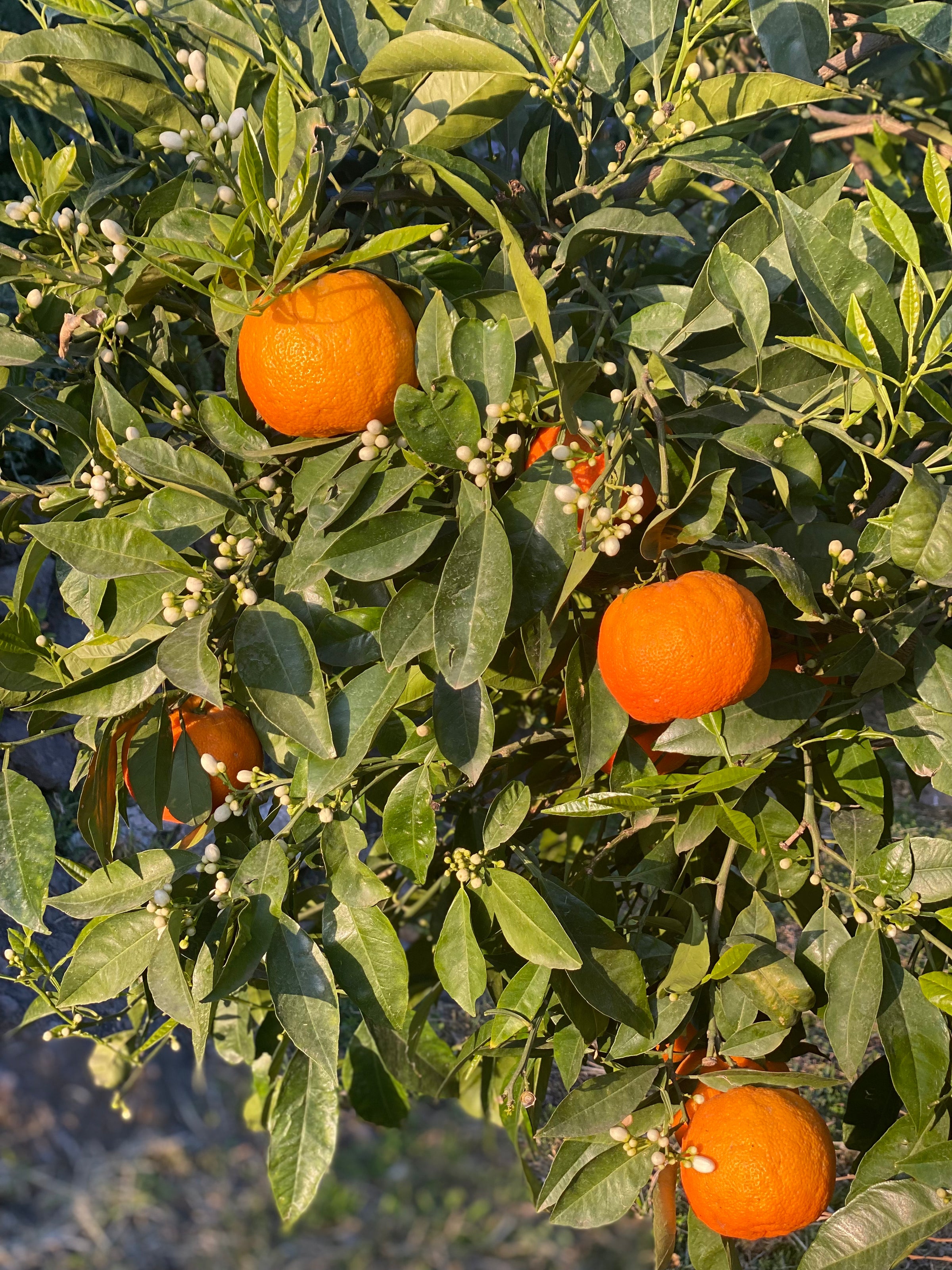
These gastronomic traditions seep into other southern regions. Amalfi lemons are some of the most famous in Italy where you find larger, sweeter versions of the fruit with a distinct flavour which sets them apart. This is achieved through the territory’s unique microclimate of fresh sea breeze and healthy soil conditions as well as rigid farming methods. These include organic fertilisers made of cattle manure, protective nets that provide shelter during colder months, and specially designed wooden poles that prevent the lemon-laden branches from dropping down the vertical cliffsides. The groves cover acres of Amalfi land acting as the frontiers between the row of pastel-coloured towns which line the coast. Winding roads which lead from Positano to Sorrento to Ravello are densely packed with layers of terraced trees stacked against the sloping crags that overlook the Mediterranean seas.
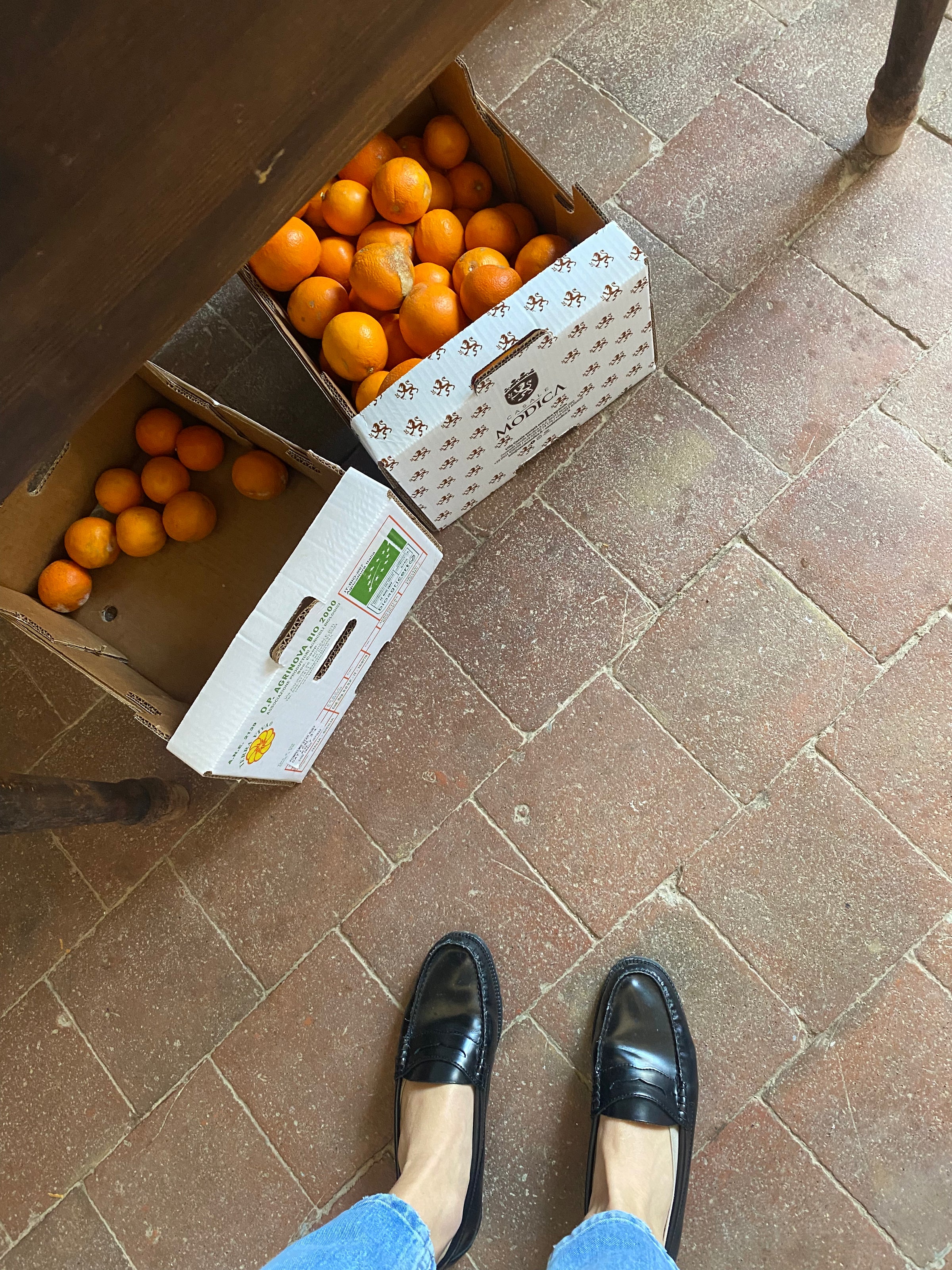
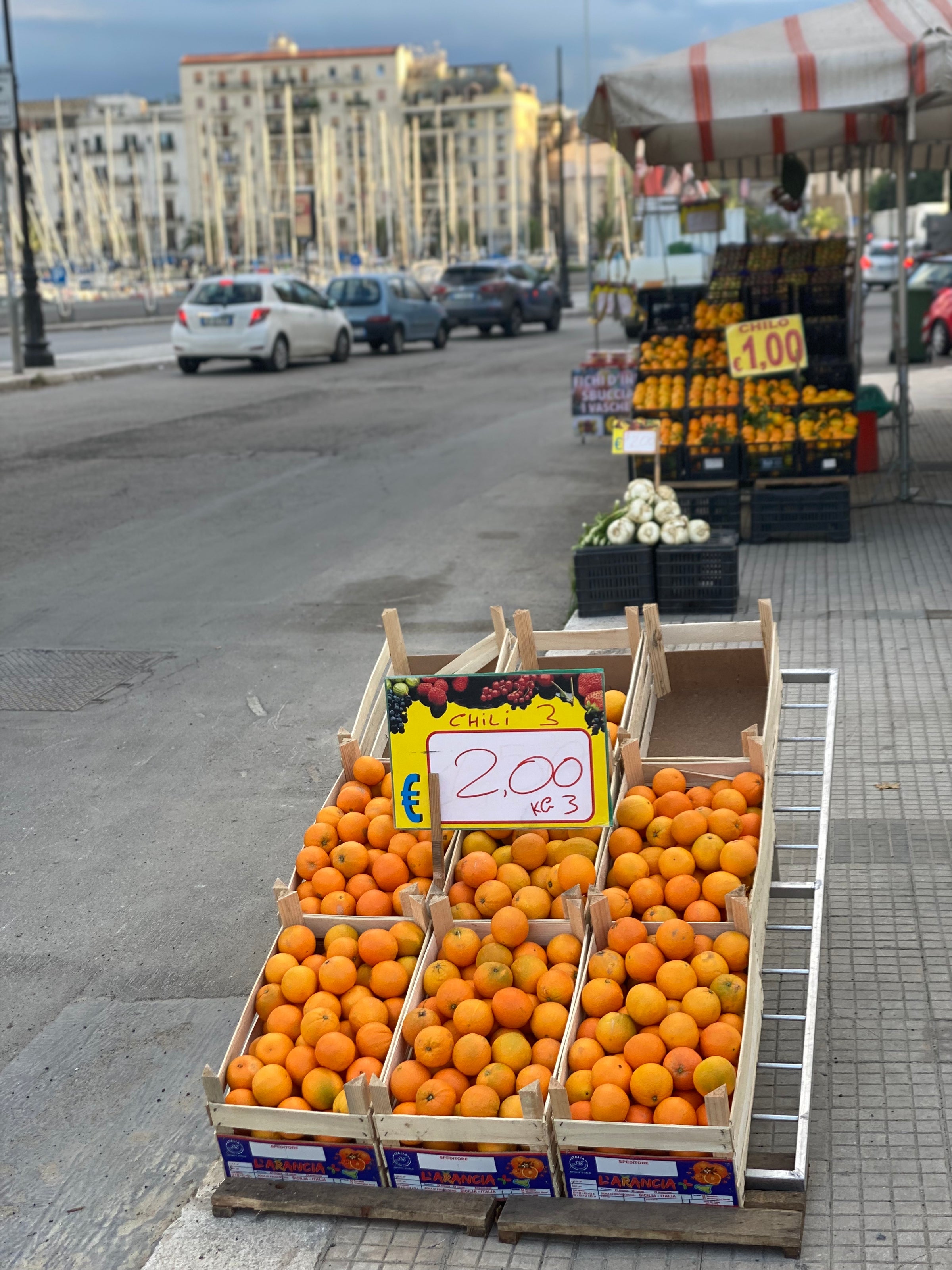
Whilst the citrus trees tend to grow in some of the world’s most romantic settings, their cultivation is no charmed existence. It is gruelling work requiring patience, attention and skill. What is more, when your farmland covers practically vertical terrain like the coastal cliffsides in Campania or the sloping lands of Mount Etna, the stakes are even higher. The high risk comes with high reward, and Amalfi lemons, Sicilian oranges, Calabrian bergamots are world renowned for good reason. With great crops come great cuisine and some of Italy’s most famous dishes are nothing without their citrus infusions. Think of fresh calamari drowned in lemon juice, ricotta-stuffed pastries with delicate hints of orange, a simple lemon spaghetti which allows each of the few ingredients to sing, and of course, no Aperol Spritz is complete without a thick slab of sliced orange.
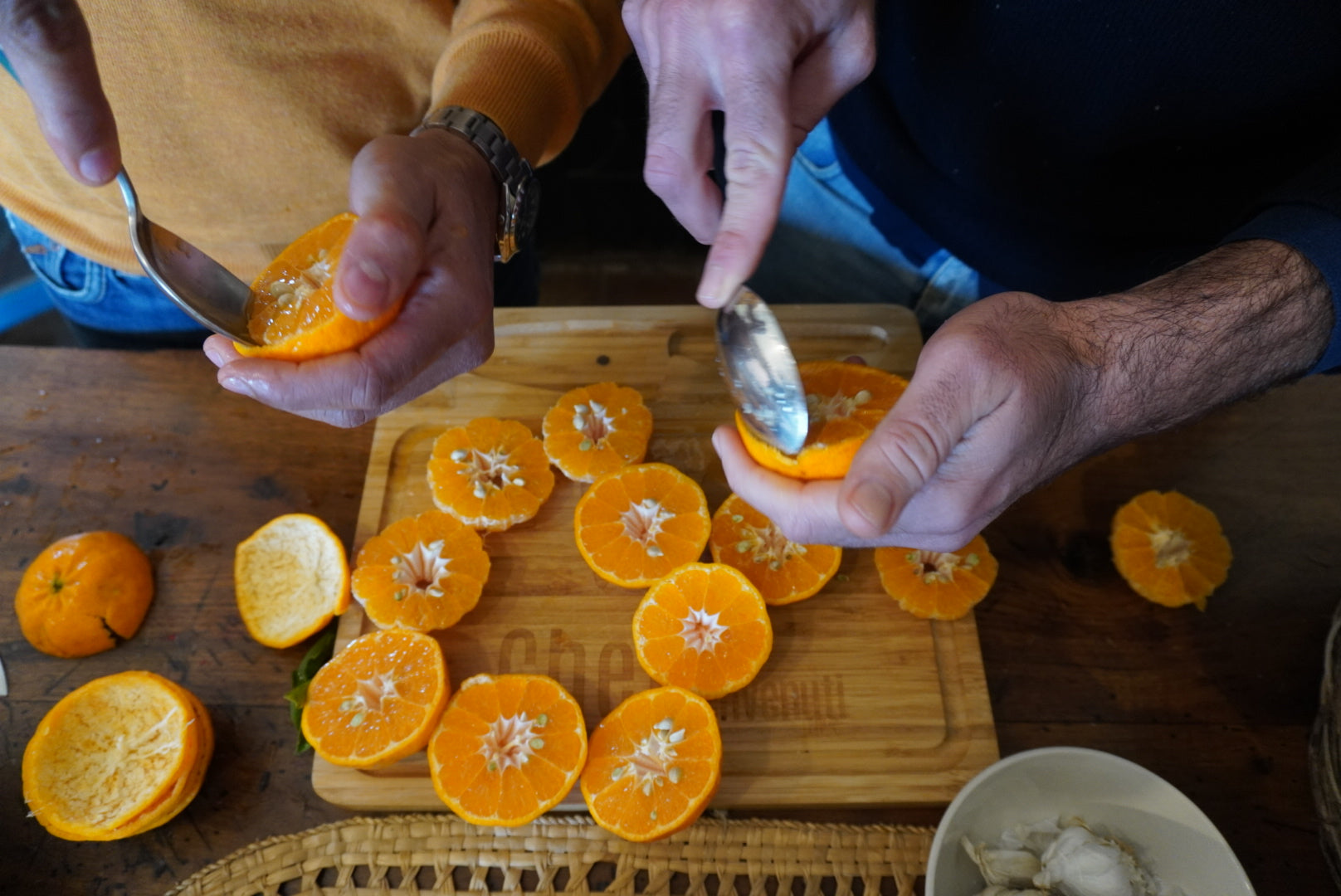
The north of Italy is also deeply and historically linked to the citrus fruit with many noble homes devoting their gardens to their preservation. In Tuscany, where the Medici family ruled for many centuries and where their erstwhile influence is still tangible from the plethora of palaces which dot the region, each one is filled with lemon and orange trees. In some cases - the Villa Petraia on the outskirts of Florence for example - the same orange trees which were planted in the 16th century, still stand today thanks to the dedication of the skilled gardeners throughout the years. Since Tuscan winters are not as mild as the southern regions, in the winter the citrus trees get transferred to the ‘limonaria’, a long and narrow structure tucked into the aristocratic grounds. A gentle greenhouse effect is created to maintain optimal conditions for the citrus’ survival throughout the colder months. The investment and commitment which the ruling families of Italy exhibited towards their citrus plants is testament to the value which was bestowed on the fruits. They are in many ways noble themselves.
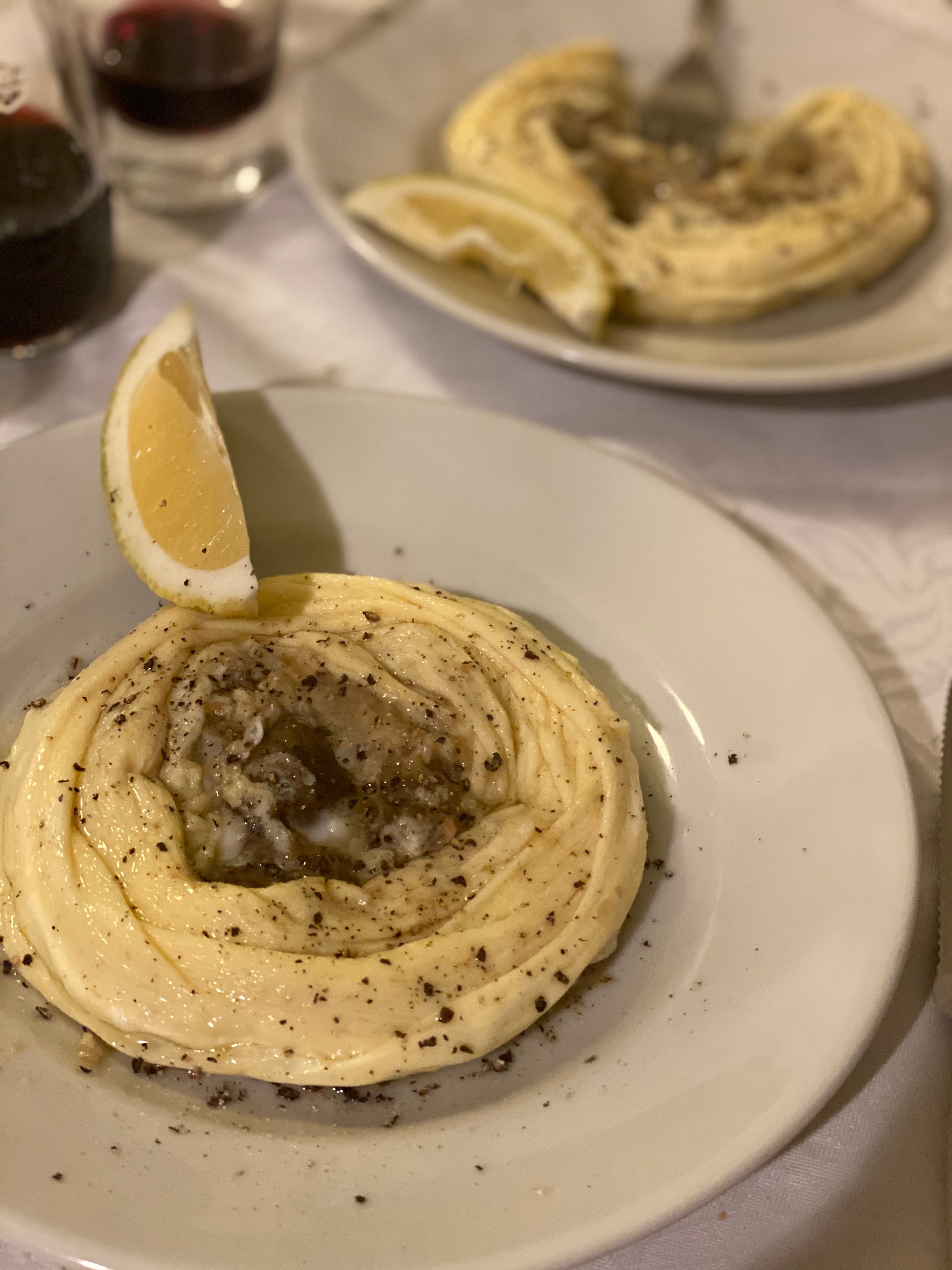

Since Italy is a country with so many micro-climates, the varieties of citrus fruits across the country seem endless. You may have never heard of some like Chinotto(used predominantly in refreshing drinks), Cedro (gigantic lemons with a thick rind and very little pulp), or Melangolo (usually devoted to making liqueurs or preserves thanks to its acidic yet bitters notes). Each region has even developed their own sub-categories. Whilst the agrumi were not native to Italian soil, they have been squeezed into the country’s identity through the many years of careful nurturing. Now, Italy is one of the largest European exporters of citrus but their bountiful production does not just come from ideal weather conditions. Citrus famers face many rising challenges to provide a successful yield. Their continued achievements and recognition are evidence of their perseverance and their understanding that the citrus fruit which has defined dishes and inspired great poetry, is an unequivocal part of the reality as well as the fantasy of Italy.





